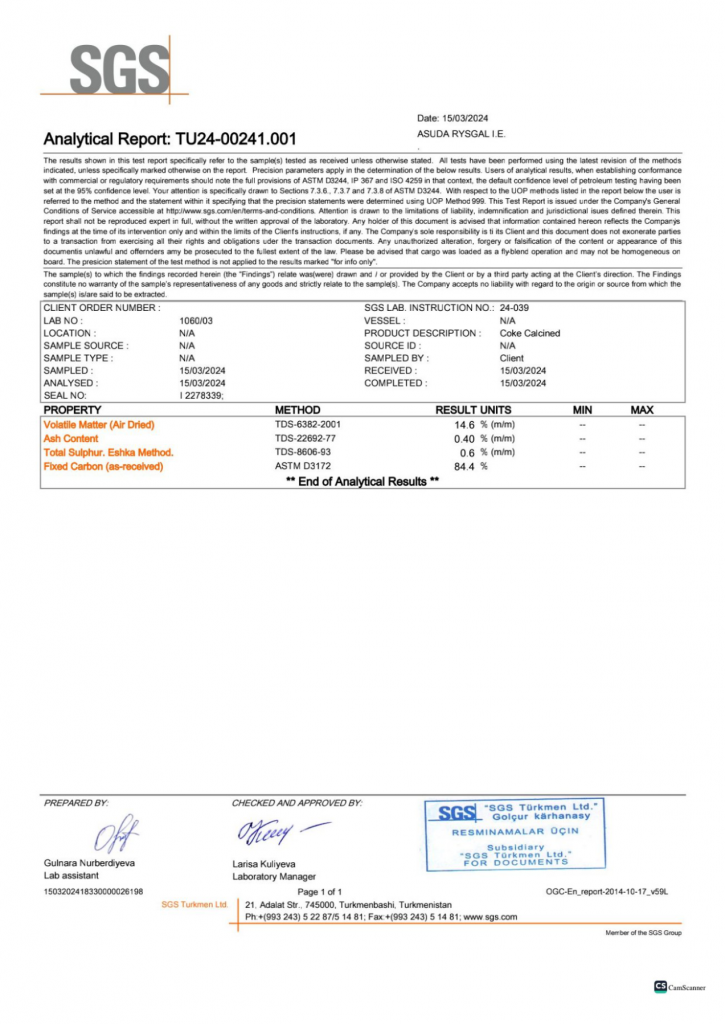Introduction
Petroleum coke, a solid carbonaceous by-product of oil refining, has traditionally found use in heating and as an anode material in aluminum and steel production. However, recent research has uncovered another promising avenue for petroleum coke: as a precursor for graphene production. This innovative approach not only provides an environmentally sustainable use for a low-value industrial stream but also opens up exciting possibilities for the petroleum industry.
Graphene from Petroleum Coke
Graphene, a single layer of carbon atoms arranged in a hexagonal lattice, boasts remarkable properties such as high electrical conductivity, mechanical strength, and thermal stability. It finds applications in diverse fields, including batteries, supercapacitors, structural materials, transparent electronics, and flexible wearable devices. Expanding the suite of graphene precursors to include existing industrial by-products is highly desirable for economic and environmental reasons.
Electrochemical Exfoliation
Researchers have successfully demonstrated the production of graphene Nano-sheets from petroleum coke using electrochemical exfoliation. Unlike traditional methods that rely on graphite as the starting material, this process directly utilizes petroleum coke. Here’s how it works:
- Petroleum Coke Selection: Needle coke, the highest quality grade of petroleum coke, serves as the ideal feedstock. It can be purchased for approximately $1500–3000 per ton.
- Exfoliation Process: Electrochemical exfoliation breaks down the petroleum coke into few-layered graphene Nano-sheets. The resulting product is separated from unreacted material through a two-step centrifuging process.
- Characterization: Scanning electron microscopy (SEM) and transmission electron microscopy (TEM) images confirm the presence of few-layered Nano-sheets. Raman spectra further validate that the exfoliated coke product is indeed graphene.
- Enhanced Conductivity: Post-annealing significantly increases the electrical conductivity of the graphene product.
Calcined Coke: A Crucial Step
To further enhance the quality of graphene production, calcined coke plays a crucial role. Calcination involves heating petroleum coke at high temperatures (typically above 1200°C) to remove volatile components and improve its purity. Here’s why calcined coke matters:
- Reduced Impurities: Calcination removes impurities such as sulfur, nitrogen, and volatile hydrocarbons. High-purity coke ensures cleaner graphene production.
- Optimized Structure: The high-temperature treatment rearranges the carbon structure, making it more suitable for subsequent exfoliation into graphene.
- Improved Electrical Properties: Calcined coke exhibits better electrical conductivity, which translates to higher-quality graphene.
Economic Impact
The economic implications of this combined approach (petroleum coke for graphene and calcined coke for quality enhancement) are significant:
- Value-Added Nanomaterial: Transforming low-value industrial streams into high-value graphene products enhances economic impact.
- Sustainable Practices: By repurposing petroleum coke and optimizing its quality through calcination, we contribute to sustainability.
- Graphene Market Growth: Access to high-quality graphene diversifies the suite of available graphene precursors, benefiting various industries.
Turkmenistan’s Role
Turkmenistan, known for its oil and gas reserves, has also explored the potential of petroleum coke and calcined coke. The Turkmenbashy Oil Refinery Complex successfully tested the production of artificial graphite and graphite items from tempered petroleum coke. This initiative aligns with Turkmenistan’s objectives of import substitution and export capacity enhancement.
Conclusion
Turkmenistan’s petroleum coke and calcined coke, when harnessed for graphene production, can contribute to both economic growth and sustainable practices. As the world seeks innovative solutions, leveraging existing industrial streams holds immense promise. Let us continue to explore these pathways toward a greener future and technological advancement.
🌐🔬📈

